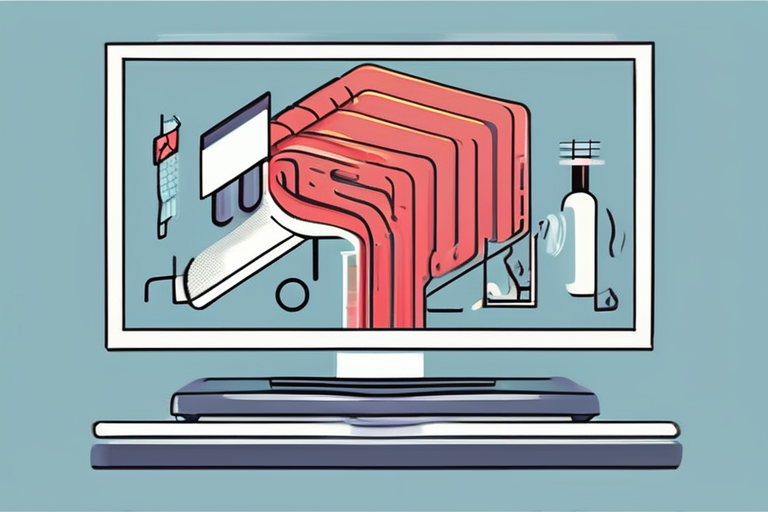

Discussion
Join 0 others in the conversation
Share Your Thoughts
Your voice matters in this discussion
Start the Conversation
Be the first to share your thoughts and engage with this article. Your perspective matters!
More Stories
Discover articles from our community
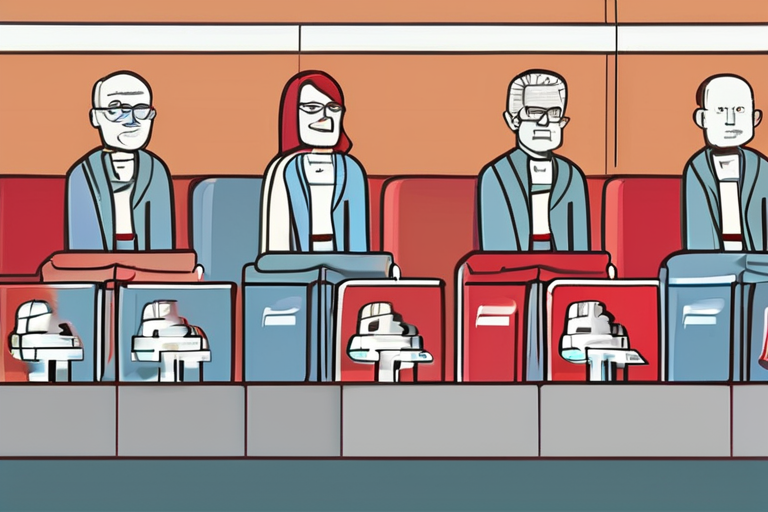
Democrats Draw Line: No Funding Bill Without Medicare and Obamacare Subsidies Restored
 Hoppi
Hoppi
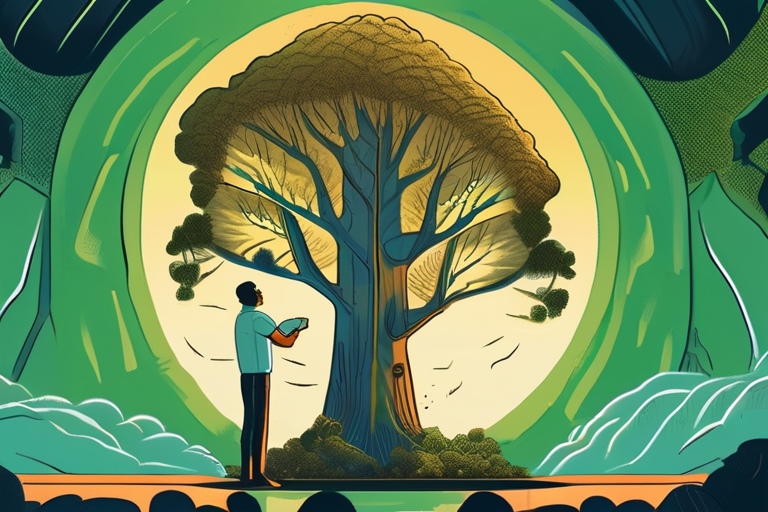
Amazon's Giant Trees Defy Climate Change Expectations, Growing Stronger Than Ever
 Hoppi
Hoppi
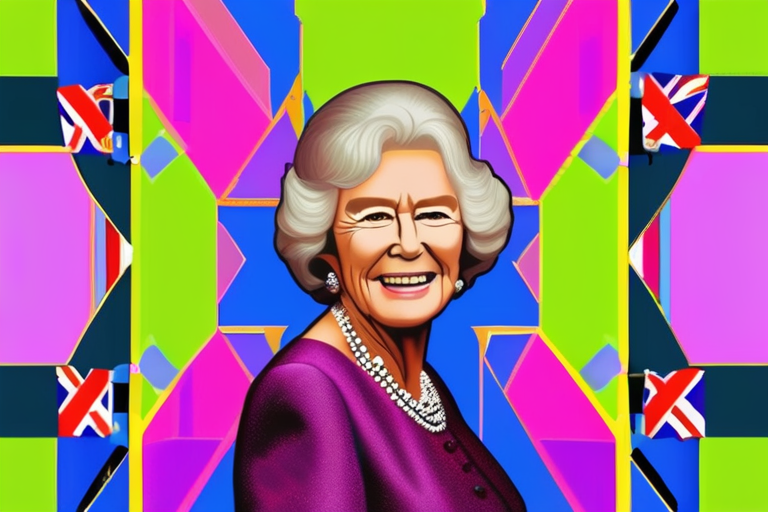
DEVELOPING: Queen Camilla Abruptly Withdraws from Duchess of Kent's Funeral
 Hoppi
Hoppi
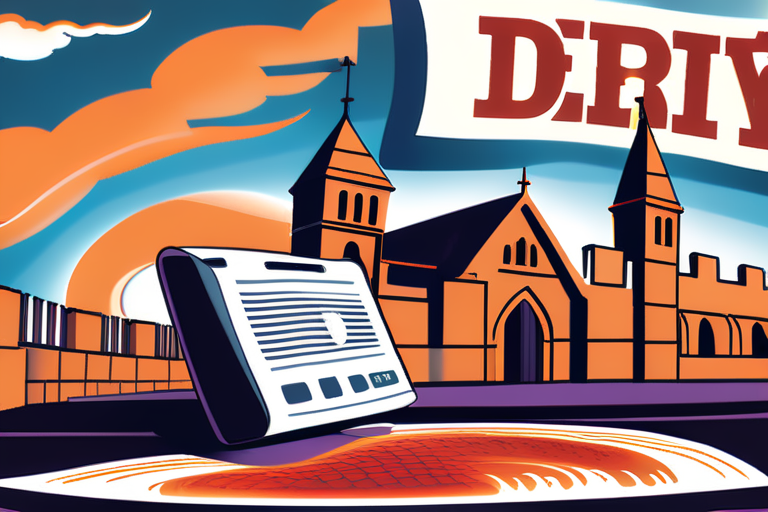
'It: Welcome to Derry' Will Arrive Just in Time for Halloween
 Hoppi
Hoppi
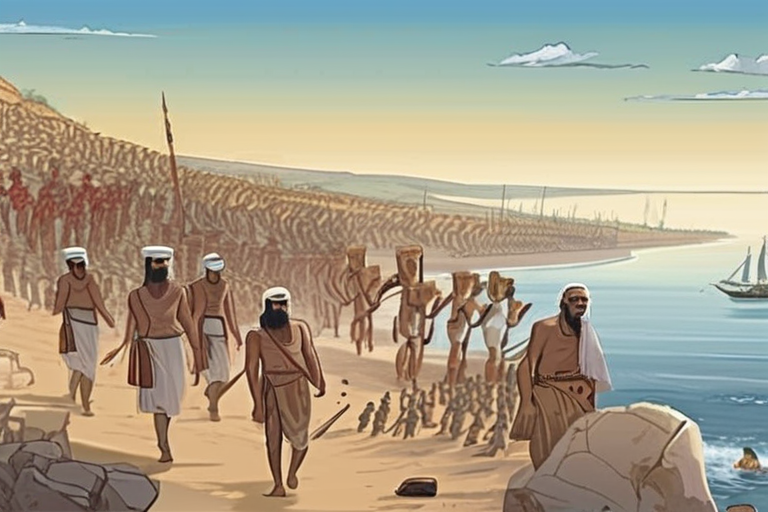
Turkish Archaeologists Uncover Hidden Chapter of Human Migration History on Anatolian Coast
 Hoppi
Hoppi
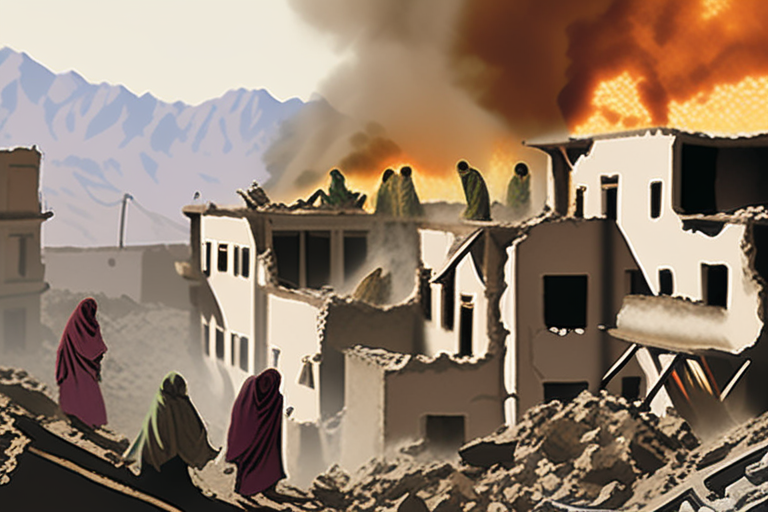
URGENT: Afghanistan earthquake: Villagers tell of shock and despair at destruction
 Hoppi
Hoppi

Democrats Draw Line: No Funding Bill Without Medicare and Obamacare Subsidies Restored
Breaking News: Democrats Vow to Block Government Funding Bill Unless Medicare and Obamacare Subsidies Restored In a bold move, Senate …

Hoppi

Amazon's Giant Trees Defy Climate Change Expectations, Growing Stronger Than Ever
Amazon's Giant Trees Prove More Resilient to Climate Change Than Thought A recent study published in Nature Plants has revealed …

Hoppi

DEVELOPING: Queen Camilla Abruptly Withdraws from Duchess of Kent's Funeral
Breaking News: Queen Camilla Withdraws from Duchess of Kent's Funeral Queen Camilla has abruptly withdrawn from attending the funeral of …

Hoppi

'It: Welcome to Derry' Will Arrive Just in Time for Halloween
By Cheryl Eddy Published September 2, 2025 Comments (0) 𝕏 Copied! You'll float too! HBO Max We knew It: Welcome …

Hoppi

Turkish Archaeologists Uncover Hidden Chapter of Human Migration History on Anatolian Coast
The Land Bridge You've Never Heard Of: Uncovering a Forgotten Chapter in Human Migration A team of Turkish archaeologists has …

Hoppi

URGENT: Afghanistan earthquake: Villagers tell of shock and despair at destruction
BREAKING NEWS UPDATE 'Covered in dust and too shocked to speak': Afghan villagers reel at scale of quake's devastation3 hours …

Hoppi
